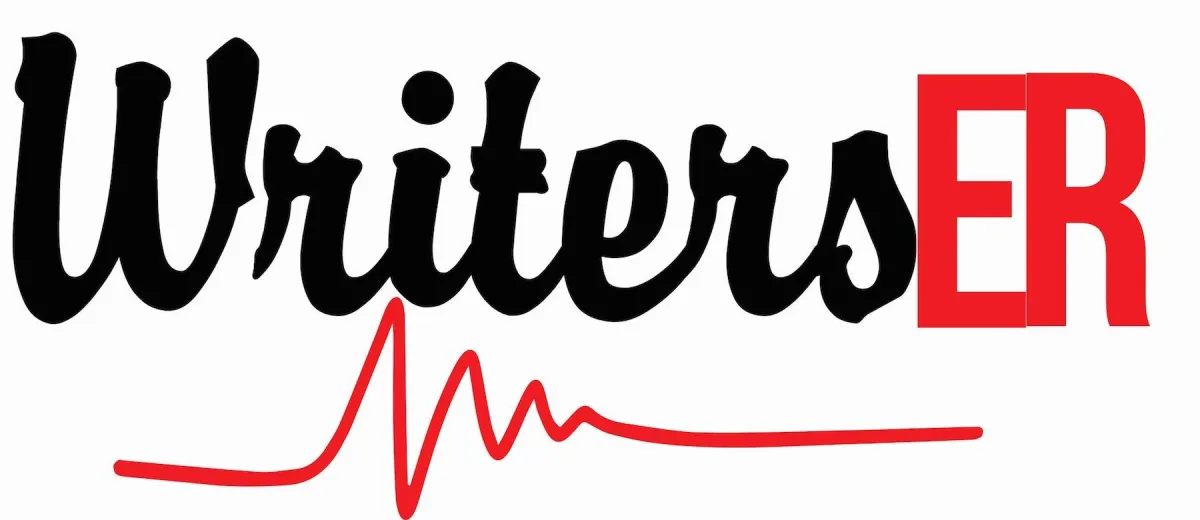BLOGS

Strategies for Structuring Dissertation Interviews: A Guide for Graduate Students
Strategies for Structuring Dissertation Interviews: A Guide for Graduate Students
Introduction
Conducting interviews for your dissertation can be both exciting and daunting. As a critical component of qualitative research, interviews provide invaluable insights that enrich your findings. However, without proper planning and structure, you risk gathering inconsistent or incomplete data. This blog explores strategies to structure and conduct effective dissertation interviews, ensuring you get the most out of your participants’ responses.

Understanding the Purpose of Your Interviews
Before diving into the logistics, clarify the purpose of your interviews.
Key Questions to Ask Yourself:
What specific information am I seeking?
How do the interviews align with my research questions?
Are there particular themes or concepts I want participants to address?
By defining your purpose, you’ll be better equipped to design focused, relevant interview questions.
Crafting Effective Interview Questions
Your questions determine the depth and quality of the data you collect.
Tips for Writing Interview Questions:
Be Open-Ended: Encourage participants to elaborate rather than respond with a simple "yes" or "no."
Avoid Leading Questions: Frame questions neutrally to avoid influencing responses.
Prioritize Clarity: Ensure your questions are concise and easy to understand.
Example Questions:
Can you describe your experiences with [research topic]?
What challenges have you faced, and how have you addressed them?
How has [specific event/experience] impacted your perspective?
Preparing for the Interviews
Preparation is key to a smooth interview process.
Steps to Prepare:
Select Participants Carefully: Choose individuals whose perspectives align with your research goals.
Schedule Sessions Thoughtfully: Allow enough time for thorough discussions while respecting participants’ schedules.
Test Your Equipment: Ensure recording devices and backup tools are working properly.
Tip: Send participants a brief overview of the interview topics to help them prepare.
Conducting the Interviews
During the interviews, create an environment where participants feel comfortable sharing their thoughts.
Best Practices:
Build Rapport: Begin with casual conversation to ease any nerves.
Listen Actively: Show genuine interest in participants’ responses and ask follow-up questions when needed.
Stick to Your Guide: Use an interview guide to stay on track, but allow for flexibility if the conversation takes an insightful turn.
Tip: Respect participants’ boundaries and be mindful of sensitive topics.
Analyzing Your Interview Data
Once interviews are complete, the next challenge is making sense of the data.
Steps for Analysis:
Transcribe the Interviews: Convert audio recordings into text for easier analysis.
Identify Key Themes: Look for patterns and recurring ideas across participants’ responses.
Connect to Research Questions: Relate findings back to your dissertation objectives.
Tip: Use qualitative data analysis software like NVivo or Atlas.ti to organize and code your data effectively.
Conclusion
Structuring and conducting dissertation interviews is an art that combines careful planning, effective communication, and thorough analysis. By following these strategies, you can gather meaningful data that strengthens your research and brings your dissertation to life.
Need guidance on designing and conducting dissertation interviews? WritersER is here to help! Our expert coaches provide personalized support to ensure your qualitative research shines. Click here to get started!
